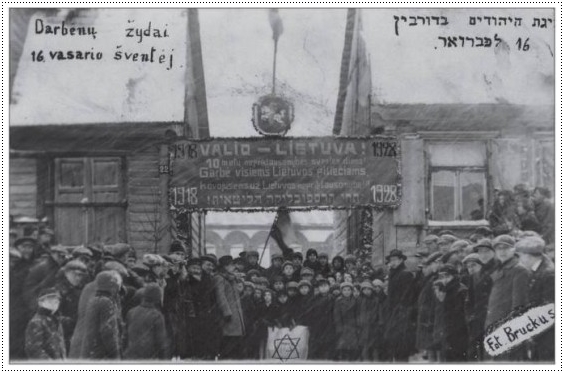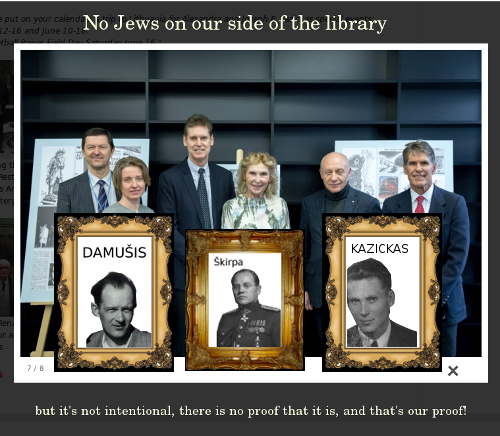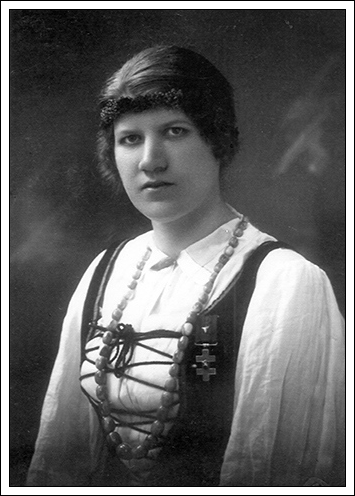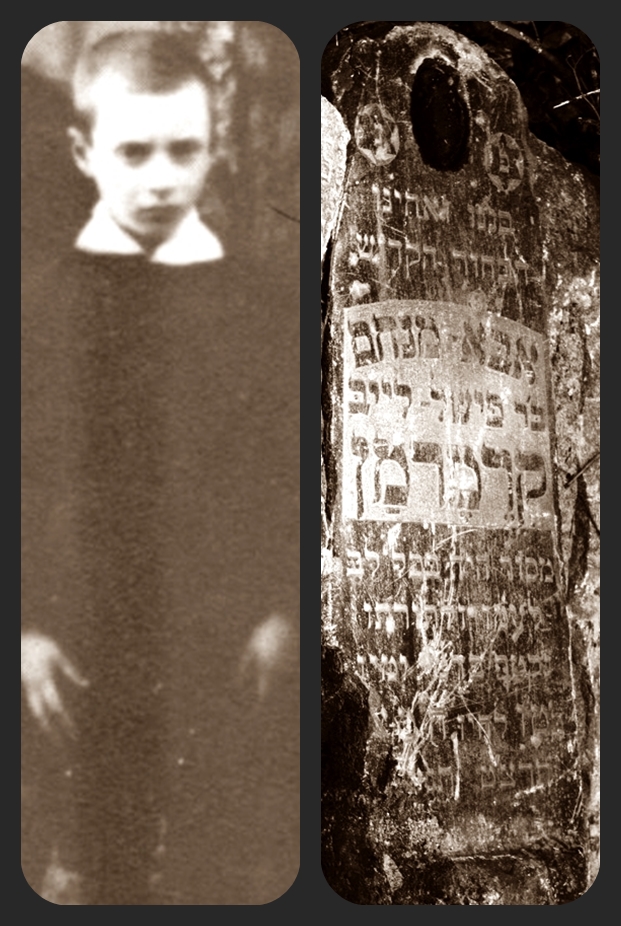HUMOR (OF SORTS) | VILNIUS JEWISH LIFE | OPINION | MEDIA WATCH
◊
by Motke Chabad
◊
Our national Ministry for Jewish Control’s website editors were recently faced with a daunting quagmire. An article in the New York Times (one written, to make matters worse, by a Pulitzer Prize winning journalist), had featured, right on top, a large beautiful photo of a handsome young Lithuanian Jewish man, Simon Gurevich, who was elected head of the Vilnius Jewish Community by an overwhelming majority, one year ago. Even worse, he is of pure Litvak heritage going back seven hundred years on all sides of his family. Shockingly, the article quoted him as saying that the government might find a better place for its new national convention center than on top of the old Vilna Jewish cemetery. (Obviously he was misled by those 42,500 people who signed some petition or other. By the way, a few years ago I helped the Commissariat in its search at the time for a suitable new rabbi with that question in mind.)
Who’s afraid of Simon Gurevich and The New York Times?
Naturally, all those local Jews who voted for Mr. Gurevich are Russians who claim to be Jewish, as the Commissariat demonstrated brilliantly last May beyond any shadow of a doubt. The challenge became to ensure that readers from the lands of the capitalist leaches, those who speak English, never find out about this article. Easy enough, who will ever hear about a New York Times article about our distant country? Mum’s the word.





